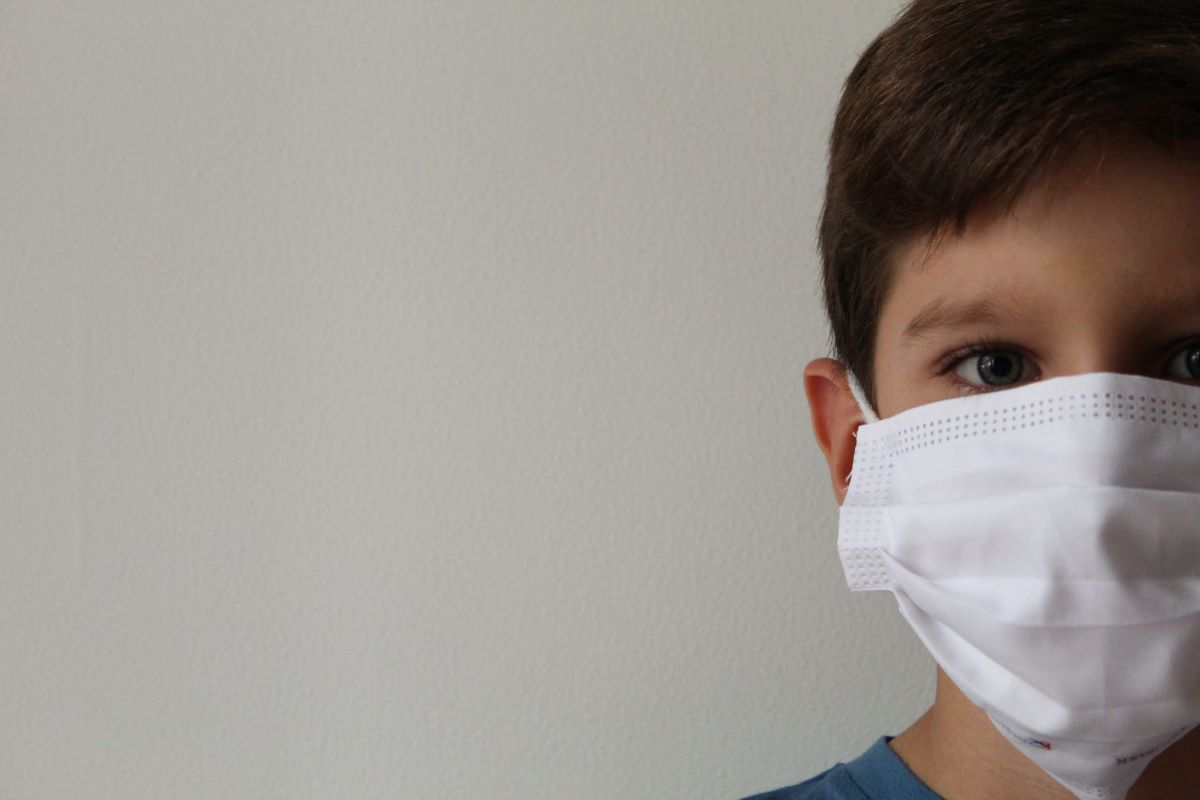If you need to go outside, regardless if you are traveling to a different city or just going around your subdivision in Cavite, you need to make sure that you are safe from the virus. With the delta variant looming around the country, protection must be your priority.
How to Protect Yourself From COVID-19?
To know how to properly protect yourself from the virus, you need to understand how the virus is transmitted. According to the Centers for Disease Control and Prevention (CDC), COVID-19 spreads through the droplets and micro scoping particles that an infected person exhales when sneezing, talking, or even just breathing. Some of, if not all, of those droplets carry the virus.
Consequently, those droplets and particles can be inhaled by another person within proximity, or simply land on their eyes, mouth, or nose. There are even cases when infected people can contaminate the surfaces that they touch.
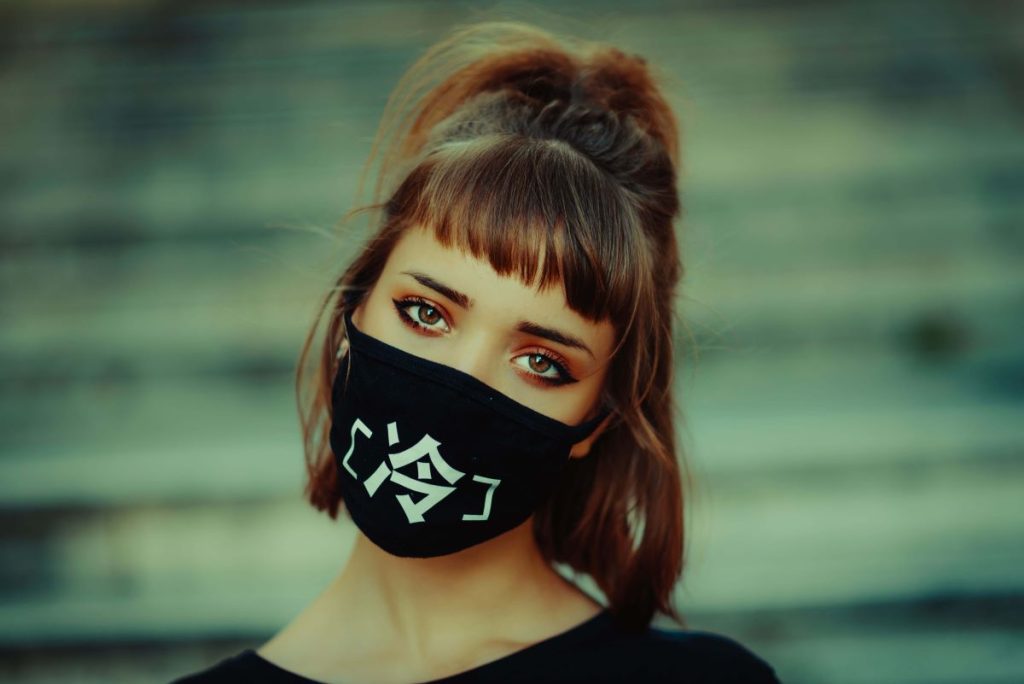
In most cases, the virus remains suspended in the air, waiting to enter another person’s body. For this reason, places with poor ventilation and crowded indoor settings should be avoided if you want to avoid catching the virus. So, if you find yourself hunting for a new home in an open space like a subdivision in Cavite, you can continue on without worrying about the virus.
Essential Wearables to Prepare When Going Outside to Protect from COVID-19
If you need to go to crowded places or enclosed, air-conditioned spaces, you have to wear protective gear that will prevent the virus from entering your body. That way, you can protect yourself and the people you are living with.
Face Masks
It only makes sense that face masks are probably the most essential line of defense you can get if you are not vaccinated. The virus enters through your nose and mouth, so if you cover those up properly, you should be safe.
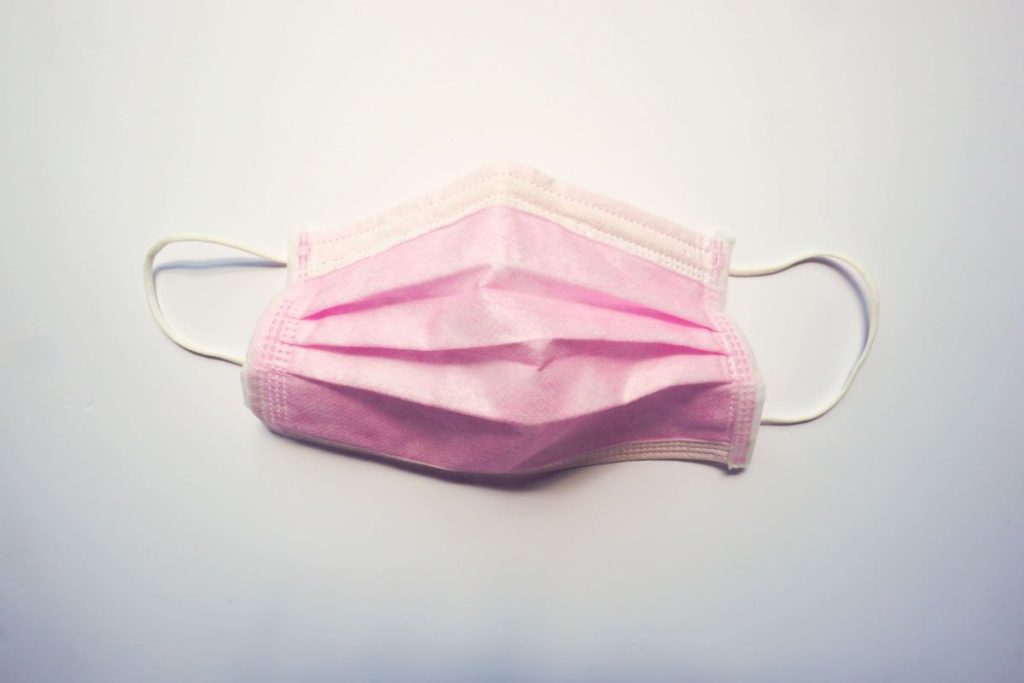
The CDC recommends different types of masks you can wear, when to wear them, and how to spot face masks that don’t meet the specific requirements that will protect you from the virus.
Cloth Masks
First on their list are cloth masks. This type of mask can be made from a variety of fabrics. These are very common and readily available even in your nearest supermarket. However, the CDC recommends that you look for cloth masks that have multiple layers of tightly woven fabric but are still breathable. It should also have a nose wire and should block light when you hold it up to a light source.
Additionally, the CDC warns about wearing any mask that has exhalation valves or vents. These types of masks don’t filter particles as small as the virus, so it provides almost no protection for you or other people. Moreover, you should also avoid cloth masks that are only made of thin fabric. You can wear cloth masks whenever you need to go out with people you don’t live with.
To improve the protection that your cloth mask provides, you can wear two masks— one disposable mask and a cloth mask on top— or add another cloth mask with a better fit or brace.
Disposable Masks or Surgical Masks
While we experienced a shortage of disposable or surgical masks in the first few months of the pandemic, you can now see these masks almost everywhere, making them easily accessible for pretty much anyone. However, the CDC recommends that you look for masks that have a description that indicates multiple layers of non-woven material and a nose wire.
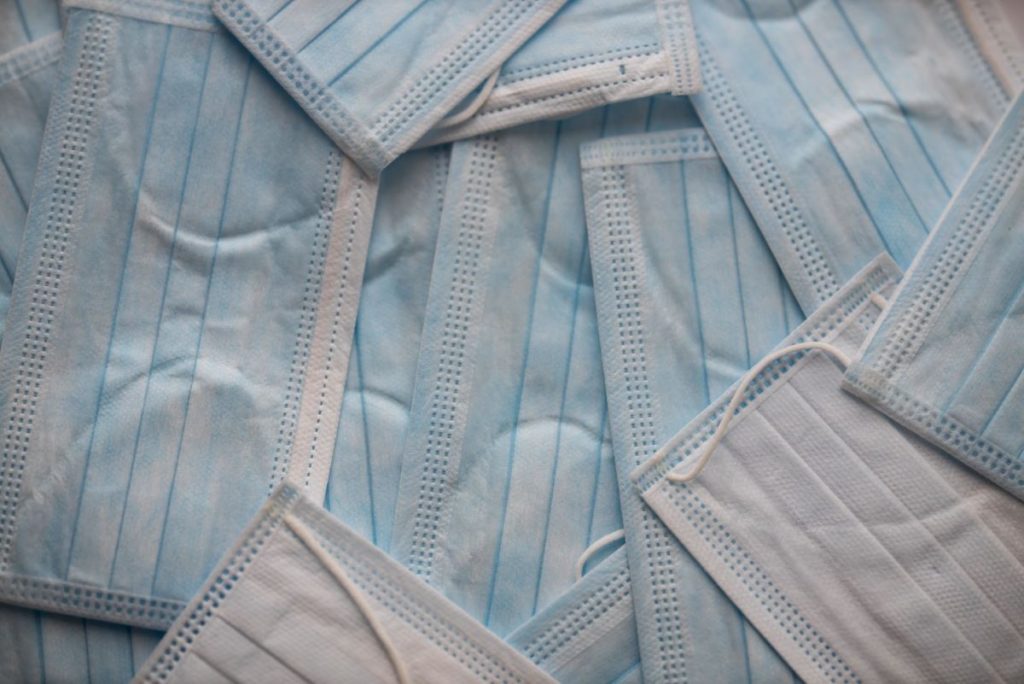
Moreover, they advise against wearing masks that have gaps around the sides of your face or nose and to avoid wearing masks that are already wet or dirty. This is to make sure that the main possible entry points of the virus are secure, or that you are not exposed to other contaminants that may come from dirty or reused surgical masks.
To improve the fitting of your disposable or surgical masks and for extra protection, you can wear a cloth mask that will act as a fitter or brace. You can also tie a knot and tuck ear loops where they join at the edge of your mask.
Surgical masks are one of the most effective forms of personal protective equipment (PPE) that can shield your coughs or sneeze droplets. So, in a way, you are practically protecting other people as well.
Respirators
Respirator masks are seal-tested and have tangled fibers that are tight enough to filter pathogens in the air. These masks fit very close and tight to your face, and the edges form an ideal seal around your mouth and nose. Some of the most commonly known respirator masks include the N95, FFP2, FFP3, and more.
Because of the tightness of these masks and the material used in making them, they can provide a higher level of protection compared to the first two masks we mentioned. Respirator masks can filter both small and large particles, and block 95% of what may come in contact with your face.
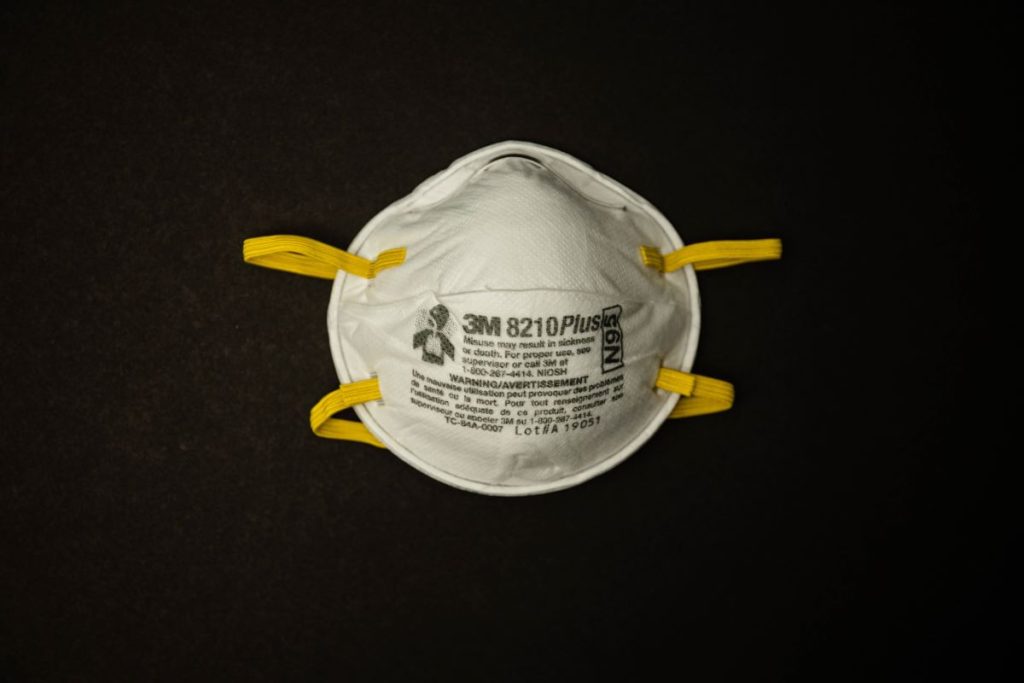
Unfortunately, these masks can also make it extremely difficult to breathe and are not recommended for use by the general public. Moreover, because of the added protection of these masks, they are only reserved for healthcare workers and other front liners since they are the most exposed to the virus.
Overall, the CDC recommends wearing cloth masks or disposable masks for the general public, especially if you haven’t been fully vaccinated. If you are currently taking care of someone who has been infected by the virus, the World Health Organization (WHO) recommends that you wear respirator masks.
Face Shields
Filipinos have long protested against the use of face shields. However, before we dive into the combination of face masks and shields, let’s talk about the effectiveness of face shields alone.
According to an article published in the Journal of Occupational and Environmental Hygiene, face shields can substantially reduce short-term exposure to large infectious particles. However, they are less effective against smaller particles, as these can remain airborne longer and can flow around the face shield, making it easier to be inhaled.
Additionally, visualization of droplet dispersal for face shields and masks with exhalation valves was published in the Journal of Physics in Fluids. The researchers found that face shields are capable of blocking the initial forward motion of exhaled droplets. Unfortunately, aerosolized particles are able to move around the face shield with ease. Hence, face shields alone don’t provide enough protection against the virus and cannot be used as a substitute for face masks.
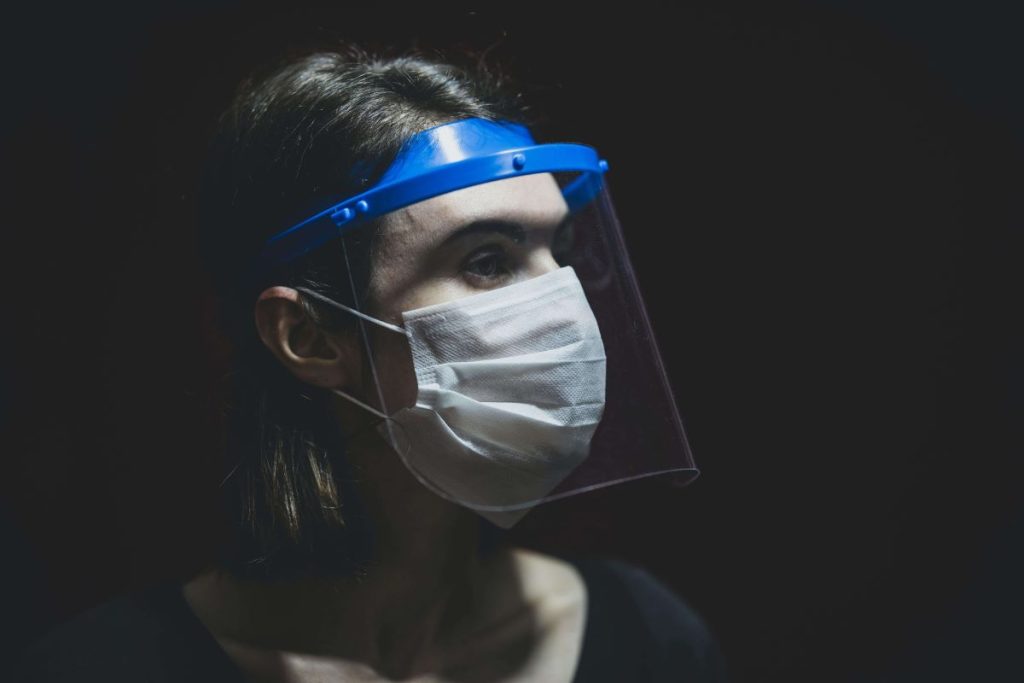
However, for some special cases where a person is unable to wear a mask, like those who are deaf or hearing impaired, face shields are recommended. The CDC recommends that if it’s not feasible for a person to wear masks, they have to make sure to follow the following when wearing face shields:
● Wear face shields that wrap around the sides of the face and extend below the chin.
● Wash your hands before and after wearing the face shield, and avoid touching your eyes, nose, and mouth whenever you need to remove it.
● Face shields must always be cleaned and disinfected before reuse.
Now, the Philippines is currently the only country that requires the use of both face shields and face masks together. Some Filipinos even claim that people only wear it out of compliance, but after passing security, they would remove it or wear it improperly.
So, to address this, let’s set aside the bias from the complaints of the general public and look at the science.
Is the Combination of Face Shields and Face Masks Necessary when going outside in a pandemic?
According to a study conducted by the physician researchers of Wayne State University School of Medicine, the use of both face shields and surgical masks provide the best protection against the virus. Unfortunately, the combination made little difference compared to using masks alone.
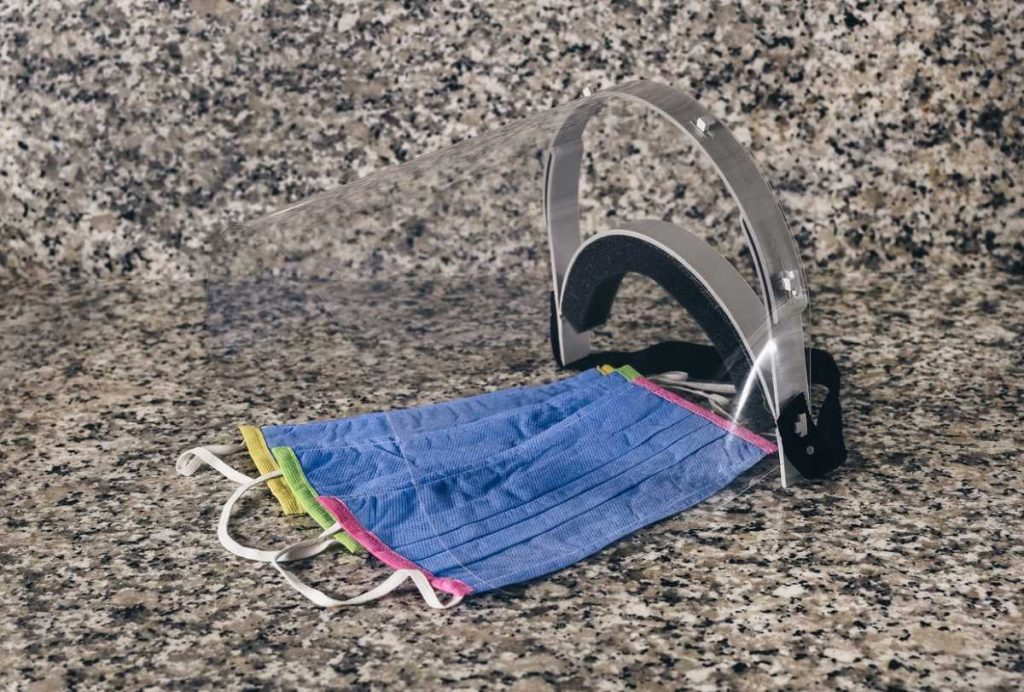
Moreover, Dr. Teena Chopra, a professor of Internal Medicine and Infectious Diseases and the lead author of the study, says that a surgical mask can already provide an effective intervention against the virus. The study has already been verified and published in the American Journal of Infection Control last April 1, 2021.
Therefore, face shields aren’t essential as they don’t provide significant improvement in protecting against the virus. Unfortunately, the public has little control over the COVID-19 mandates enforced by the government or, at least, local government units.
How to Protect Your Kids
The CDC only recommends children aged 12 and above to get vaccinated, making them even more vulnerable to the virus. So, if your kids aren’t qualified, you need to be more careful with them, even if you are living in a safe subdivision in Cavite.
Meanwhile, even if you know the essential pieces you should wear when going outside, you should also know that they are not the best for your baby or toddler.
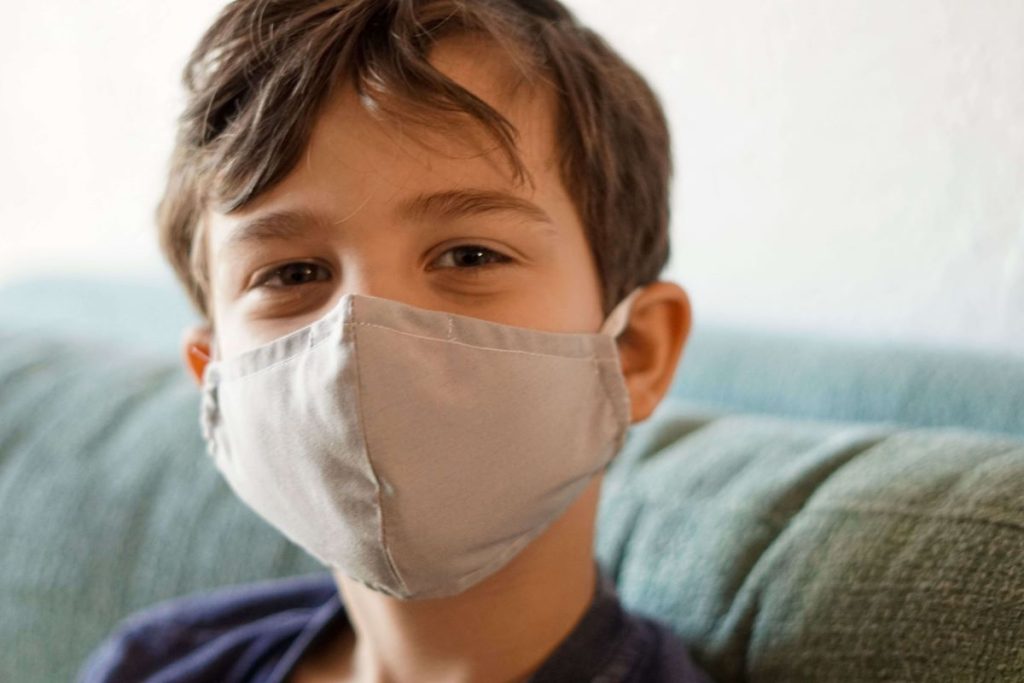
According to KidsHealth.org, if your child is under two years old, they shouldn’t wear a mask. Meanwhile, the WHO and UNICEF advise that children below five years old should not wear masks. Some of the reasons are:
- They have smaller airways.
- If they are having difficulty breathing because of the mask, they aren’t capable yet of telling anyone or taking off the mask by themselves. This could lead to suffocation.
- Strings and elastics from some homemade masks may be choking hazards.
- They are more likely to touch their face a lot and try to remove the mask, increasing their risk of catching the virus.
Moreover, according to UNICEF, you should decide if your child (6 to 11 years old) needs to wear a mask based on the following:
- If there is a large number of daily cases in your area.
- If your child is already capable of using a mask safely and appropriately.
- If you or other adults can supervise your child while they are wearing a mask.
- If your child has frequent interactions with other people.
Should you decide that your child should wear a mask, the WHO recommends that children in general good health can wear non-medical masks or cloth masks. However, parents should make sure that the fabric mask is the correct fit and can cover the chin, mouth, and nose of their children.
Meanwhile, if your child has underlying health conditions or is immune-compromised, they should wear a medical-grade mask. This, of course, is still subject to the recommendation of their medical provider.
Additionally, if it’s not possible for your child to wear a mask because of special conditions or situations, face shields may be considered as an alternative. However, you should make sure to only get face shields that cover the entire face, extend below the chin, and wrap around the sides of the face.
What to Do After Going Out in the Midst of the Pandemic
Now that you know how to protect yourself and your children when going outside, what happens next when you come home? Do you need to wash your clothes immediately? Will the virus stay in your clothes if you don’t?
Quick answer: depends.
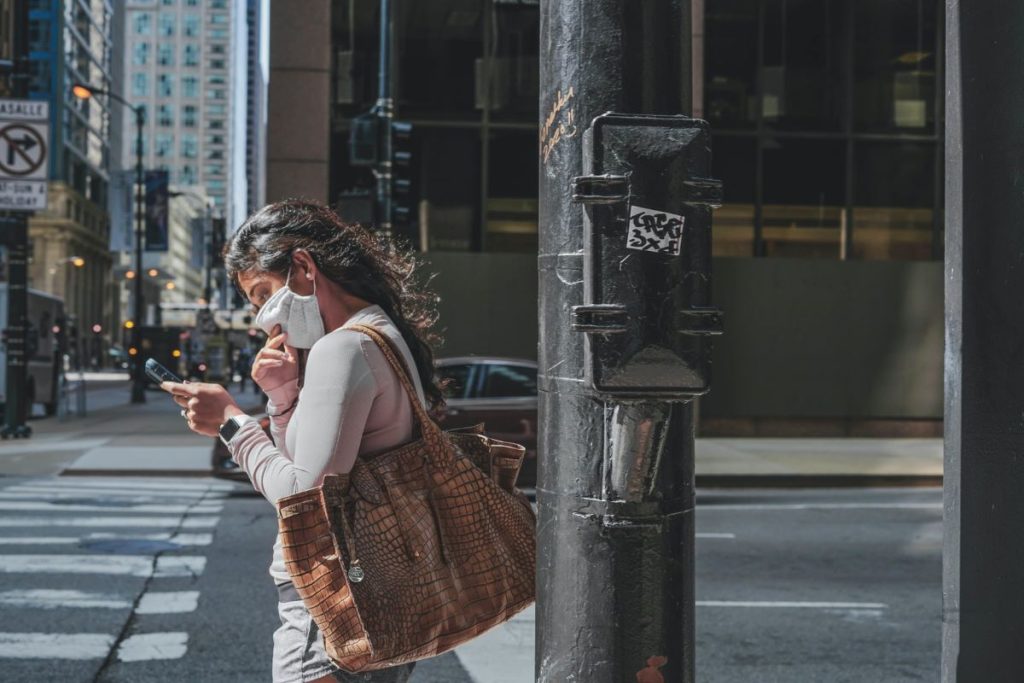
According to a news article published in the Philadelphia Inquirer, you should keep in mind how the virus is transmitted, which is from person-to-person contact and respiratory droplets. Moreover, the division director of infectious diseases at Thomas Jefferson University Hospital, John Zurlo, says that there is no recommendation on whether you should wash your clothes after going outside.
Additionally, according to Dr. Megan Culler Freeman, the senior pediatric infectious diseases fellow at UPMC Children’s Hospital and a Ph.D. worker focused on coronaviruses, COVID-19 tends to have a shorter life span on porous surfaces such as clothing.
However, if you think your clothing has been exposed to crowded areas or you lean against surfaces, or if you are a healthcare worker, your clothes are most likely contaminated. Hence, you should change to an isolated location in your home and wash your clothes immediately.
At the end of the day, what’s important is protecting you and your family. So, be sure to follow all that we mentioned in this article and get vaccinated as soon as you can.
Related Blog: Styling Your Face Masks and Protective Gear


